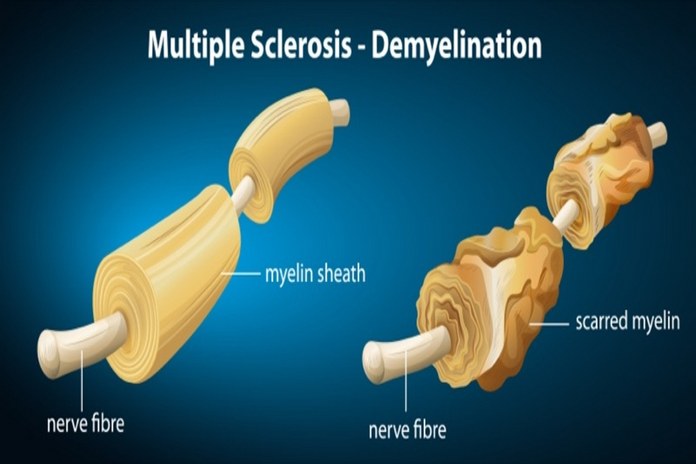Research and statistics: who has multiple sclerosis?
Multiple sclerosis is one of the most prevalent disabling neurological disorder occurring in young adults around the world. The possibility of developing multiple sclerosis is present at any age during the lifetime. Still, most of the people who have the diagnosis of multiple sclerosis are adults between the ages of 20 and 5o years. The course and pethaogy of the disease is still unpredictable, but we know that there are relapsing, progressive, and remitting types of multiple sclerosis. Most of the people having multiple sclerosis does not develop disabilities of their body parts; only a few numbers of people develop any kind of disability. Unfortunately, there is no global and national registry for multiple sclerosis patients, so the figures known are just the estimates.
The scientists first reported the multiple sclerosis patients in the year 1975 in the United States. According to recent findings by the national multiple sclerosis society, there are almost 1 million people in the US that are living with the condition of multiple sclerosis. If we compare the recent statistics of the United States with a report of the 1975 survey, then we are able to understand that the numbers are almost doubling. Moreover, according to this multiple sclerosis society, nearly 2.3 million people are living globally with the disorder of multiple sclerosis. As far as the US is concerned, there are almost 200 new cases of multiple sclerosis patients reporting every single week.
The rates of multiple sclerosis are increasing each year and are much higher in the people living further than the equator. According to research studies, the rate of multiple sclerosis is between 57 and 78 cases in every 100,000 people that are living below the 37th parallel. This rate of multiple sclerosis patients is twice as higher in northern states living above the 37th parallel, and there are about 110 to 140 cases at every 100,000 people. The people living in colder regions are also more susceptible to multiple sclerosis condition. People living in northern Europe are at higher risk of developing multiple sclerosis. Moreover, the people living in temperate regions are more likely to develop multiple sclerosis than the people living in Asia, Africa, and America. There is also 4 to 5 percent of children who get multiple sclerosis in their lives.
Almost 15 percent of people who are having a family history of multiple sclerosis patients are more likely to get multiple sclerosis, although it is not an inherited disorder. The genetic predisposition greatly affects the people in developing multiple sclerosis in themselves. While in the case of identical twin births, there is a 1 in 3 chance for each baby to have the disease. The relationship of the brain and the immune system is a possible culprit behind the development of multiple sclerosis in the patients. Also, women are almost two to three times more likely to develop multiple sclerosis.

